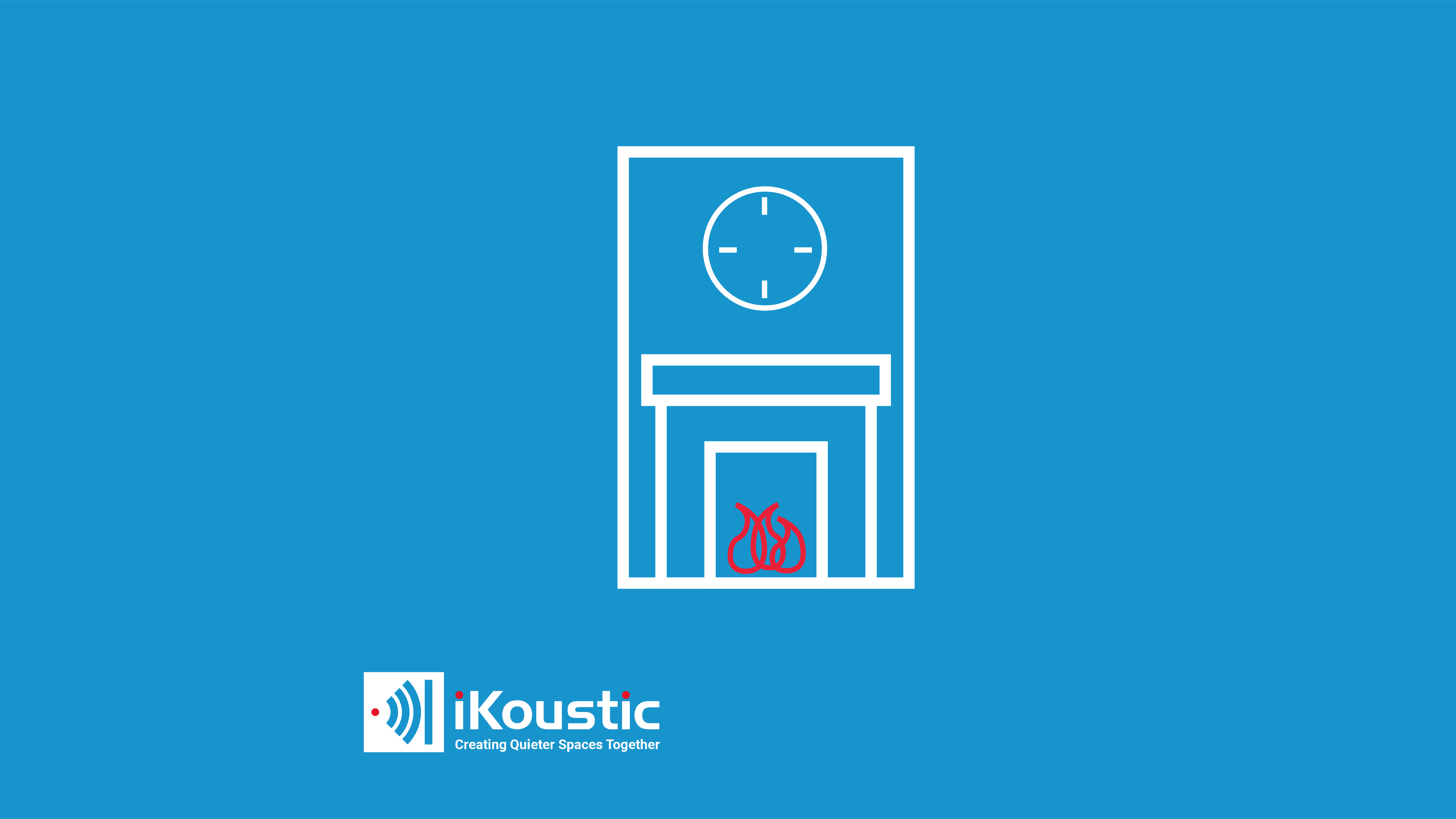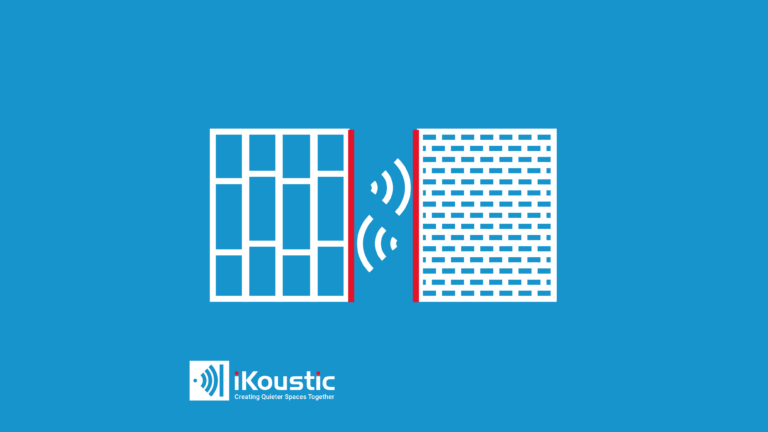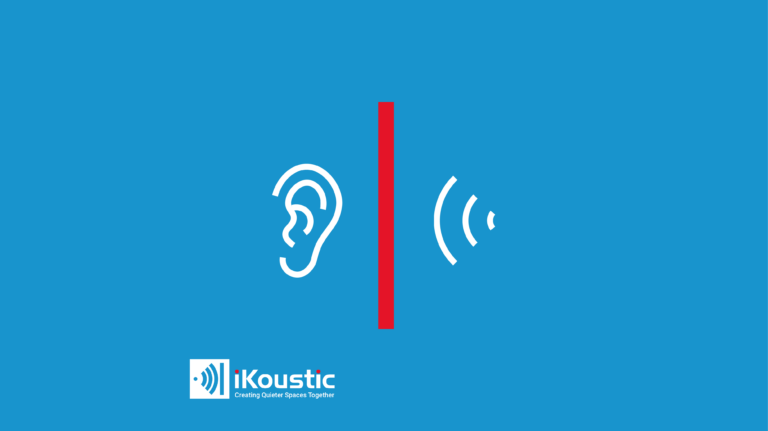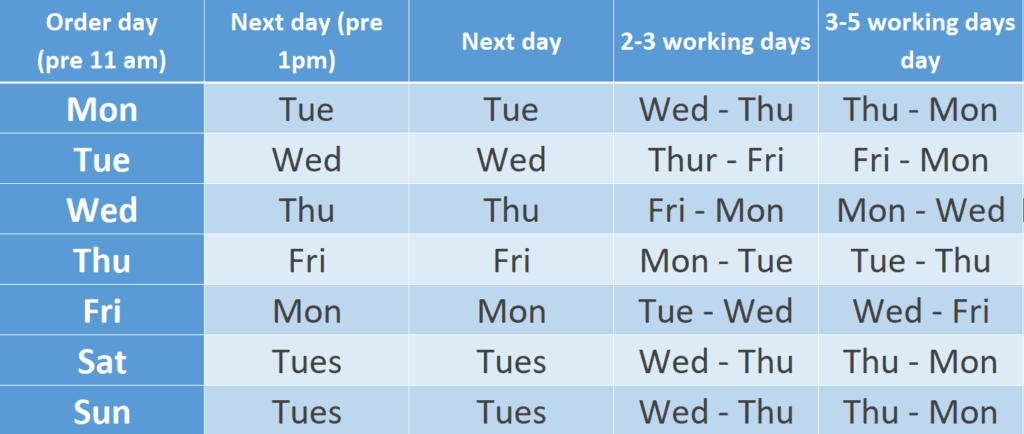Fix chimney noise from breast and flue easily
To fix your chimney noise from the breast and flue easily, determine where the sound is coming through. Most chimney breasts have a high mass and are unlikely to ‘leak’ noise. If you can hear your neighbors, it is more likely the alcoves on either side of the chimney are letting noise in. We will look at both situations below to rectify chimney breast and alcove noise issues.
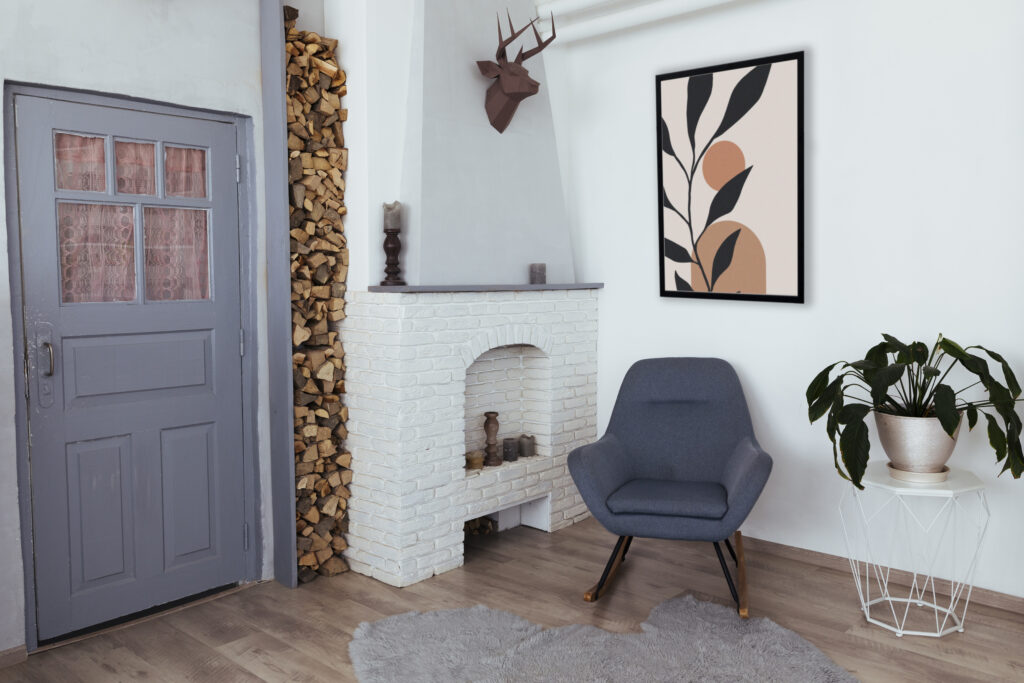
Wind noise, like whirring, screaming and howling is caused in the flue. There are a few culprits for wind noise in chimneys, the most likely is a broken or missing chimney cap (also called chimney damper and chimney cowl). The second likely cause is a build up of creosote in the flue which is released when fuels are burned and can coat the bricks.
Wall soundproofing used for chimneys
Wall soundproofing is perfect for chimneys as it uses a mix of high-mass materials with appropriate absorbent insulation for cavities. To pick the right method for your chimney, there are some important questions to consider first.
- Is the sound from the flue, breast or the alcove? How to determine this
- Is the fireplace in use? Yes it is
- I can hear the wind in my chimney, how can I fix this?
Identify exactly where the noise is coming from
Firstly, make sure you know where the noise is coming from in your chimney. What is the noise you are hearing? Neighbours and airborne noise like music or TV will be coming through the chimney wall. It is most likely to travel through the alcoves, not the breast, as these walls are thinner. To check, press your ear against both the alcove walls and the chimney breast walls to see where it is loudest.
If noise is traveling through the chimney breast, it can be caused by the following:
- Your neighbour has removed their chimney breast on the other side, making the wall thinner.
- Your chimney bricks and mortar are old and worn. Gaps and cracks allow sound to travel through into the chimney cavity where they are amplified through reverberation.
- The chimney was added retrospectively.
- The original structure has been widened and the bricks removed.
If you are hearing wind and howling, this is coming through the flue. It is likely due to a faulty flue cap, which is easily resolved. If your fire makes a loud roaring noise when lit, this is most likely due to a build up of creosote inside the flue.
Once you’ve correctly identified where the noise is coming through, you can start to resolve the issue.
Soundproof a chimney breast with a stove
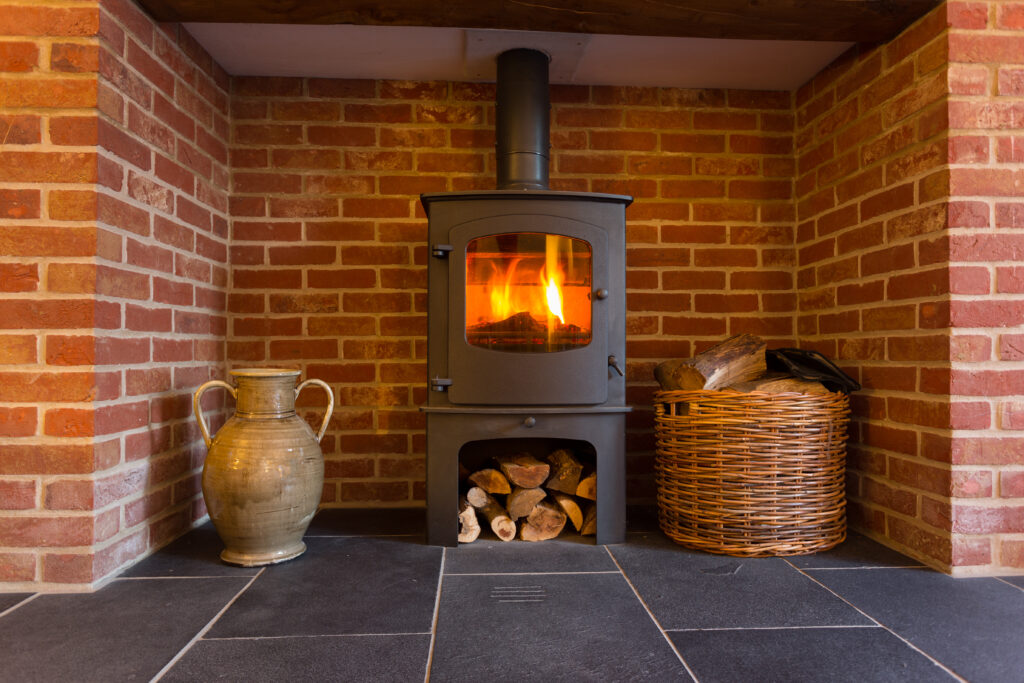
To soundproof a chimney breast with a stove, it is best to add the soundproofing panels to the outside. While stoves have an encased metal flue, the heat inside a chimney is still intense. Soundproofing panels and other products are not specifically designed for these environments and so it is safest to treat the outside of a flue. Acoustic plasterboard can be installed inside the chimney flue if an appropriate fire retardant panel is added atop. However, it is best to contact us or a chimney specialist for guidance.
Your budget, space and noise severity will determine which solution is best for you. If budget and space are tight, then our bronze system is best for you. Isolation clips and channels are installed to the alcove walls (directly to plaster if it is sound), and acoustic mineral wool is packed in between. To finish, a layer of acoustic plasterboard is screwed into the channels. Around the perimeter, a 5mm gap is left to fully isolate the new partition. Into this gap, the acoustic sealant is squeezed. This doesn’t set solid and so damps sound vibrations.
This solution costs around £34 per square meter. If you’d like a higher performing system, however, our silver or gold wall options are both appropriate and can be installed the same.
Can I soundproof a chimney with an open fire?
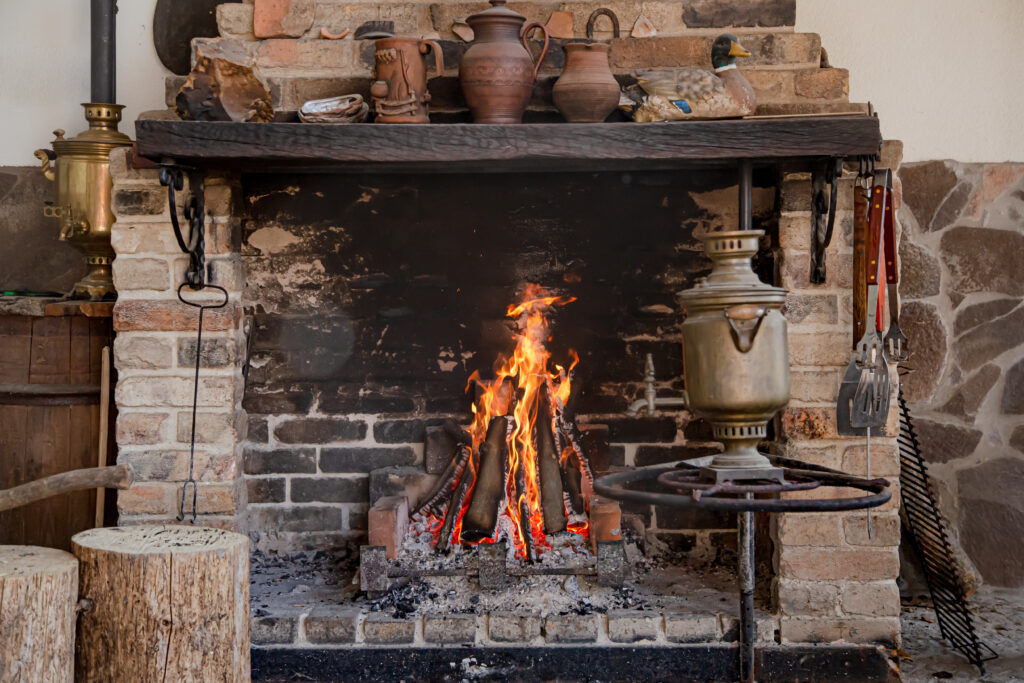
Yes, you can soundproof a chimney with an open fire, the soundproofing is added to the outside of the chimney breast. However, as already mentioned, it is more likely that sound is traveling through the alcoves, which are thinner, than the chimney itself so check first. A chimney with an open fire should not be soundproofed inside as soundproofing products are not designed for prolonged contact with open flames.
Soundproofing an unused chimney and fireplace
To soundproof an unused chimney and fireplace, the flue should not be blocked. No chimney should ever be fully blocked, even if it is no longer used, as air needs to flow. This prevents issues like damp and mold inside the chimney flue. If your chimney is being decommissioned, ensure the correct flue cap is fitted to maintain airflow and prevent rain or animals from entering. To block the fireplace and brick over it, a vent must be added so the flue can still breathe. Do not stuff a pillow up the flue as many people suggest!
Soundproofing panels can be installed to the back of the chimney before it is blocked up. This will increase mass and further reduce airborne noise. If your chimney flue is wide enough and the flow of air will not be impacted, then a thin layer of acoustic mineral wool can be installed before the soundproof panels to reduce reverberation. If the chimney is ever used again, the boards will need to be removed for fire safety.
Just as before, the outside is easily treated with our wall soundproofing solutions. Remember that wall soundproofing will reduce your available floor space, so ensure you are happy with the width of the system first. This bird eye view of a chimney breast after soundproofing illustrates how the panels should be fitted together at the corners.
While all of our solutions come with easy-to-follow installation guides, you can also hire a professional installer. They will ensure that the job is neat and can perform to its maximum capability.
How to soundproof chimney alcoves
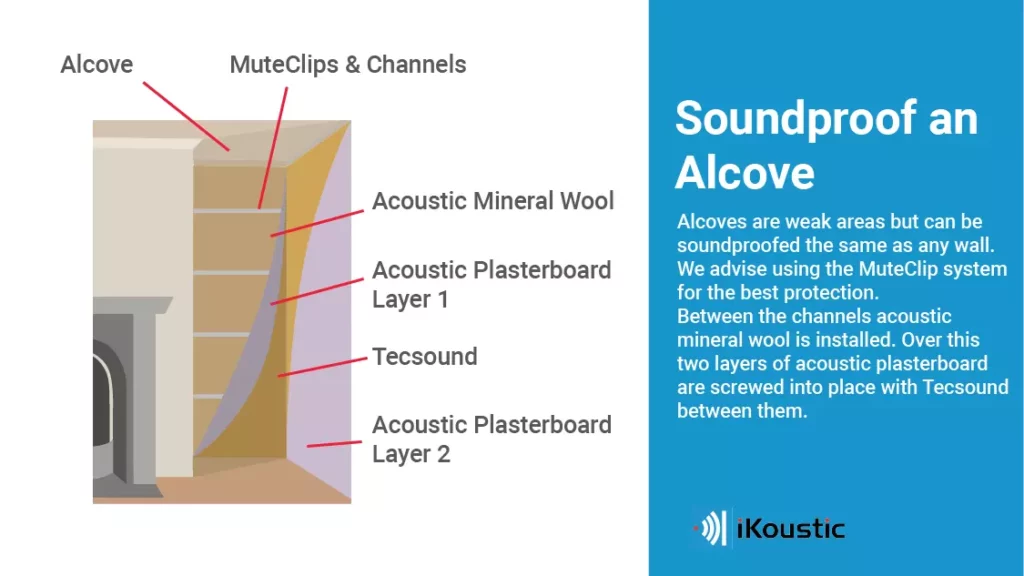
To soundproof chimney alcoves, materials of high mass need to be added to the wall. High mass materials reflect airborne noise (like TV, music and your nieghbours talking). If you have the space, then a system that uses an isolation clip, the MuteClip, can be used as this provides the best level of soundproofing for the space used.
It is less likely that the chimney breast itself needs soundproofing as a double layer of fire bricks is used which have high mass. As discussed, sound can come through the breast if it is old or compromised.
To soundproof chimney alcoves with a direct-to-wall panel method is simple and fast. Depending on your budget and space, we can advise you on the best panel for your wall. We have a selection of four soundproofing panels for walls that reduce airborne noises and can be installed directly to the brick or to solid plasterwork.
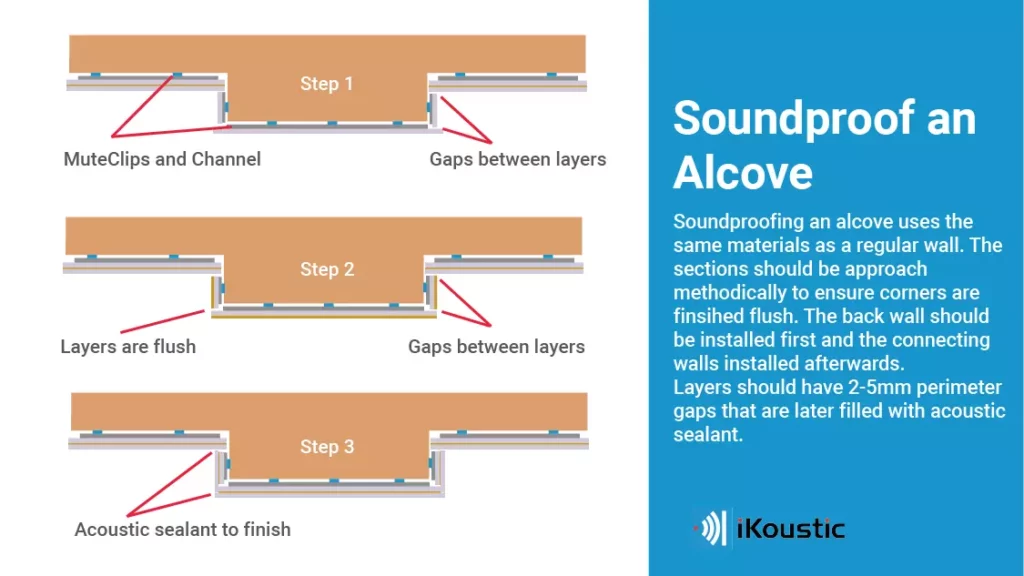
The boards have a high mass and will need no fewer than nine screws to secure them correctly. The boards should be rested on isolation tape as this reduces transference from the floor up into the new partition. Isolation is key for good soundproofing, so don’t skip this step.
Soundproof panels should never be installed directly from wall to wall and should have a 5mm gap around them. This adds to the isolation and helps resist sound more completely. To seal the gap, acoustic sealant is piped around the perimeter. Skim tape is used over the joins between boards ready for a skim plaster finish and painting.
How to stop howling wind down the chimney
If you hear a howling or the wind, then it can be caused by the chimney cap (damper/cowl). These sit outside atop your flue to prevent water, animals and debris from entering. These can either be missing, poorly fitted, or damaged, or, if it’s a spinning cap the bearings can become worn. This is an easy fix, simply have the cap replaced and properly fitted by a chimney specialist. Once done, the noise should be resolved and no soundproofing required.
Why is my chimney roaring?
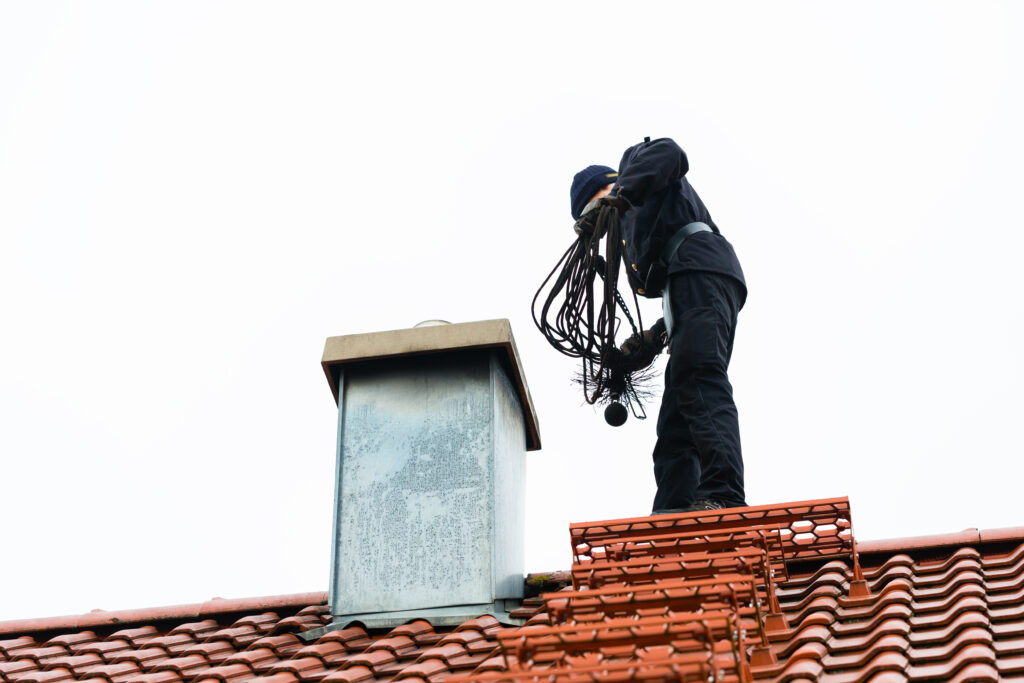
If the chimney makes a roaring noise, it could be due to a build-up of creosote. This is released when fuel is burned and the tar-like substance coats the bricks. Over time, this build-up reduces airflow and when heated, it expands. This can also account for the cracking noises heard inside the chimney. To resolve this, a chimney should receive regular maintenance from a chimney sweep and no soundproofing is required.
If the noise is not fully resolved, have your chimney cap inspected as it may need to be replaced.

